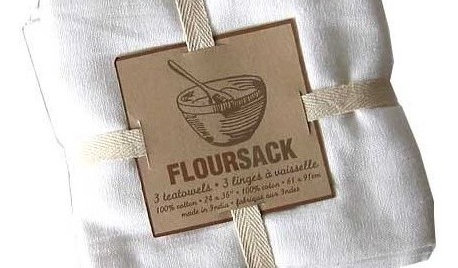Diatomaceous Earth Anyone?
lfrj
17 years ago
Related Stories

KITCHEN DESIGNThe Cure for Houzz Envy: Kitchen Touches Anyone Can Do
Take your kitchen up a notch even if it will never reach top-of-the-line, with these cheap and easy decorating ideas
Full Story
CLOSETSThe Cure for Houzz Envy: Closet Touches Anyone Can Do
These easy and inexpensive moves for more space and better organization are right in fashion
Full Story
ARCHITECTURE6 Amazing Homes Dug Into the Earth
Designed to disappear or with portions peeking out, these houses bring a new meaning to 'communing with nature'
Full Story
GREEN DECORATINGBamboo Products — Earth Friend or Foe?
The ecofriendliness of this grass for flooring, wall coverings and furniture isn't cut and dried. Get the facts here
Full Story
ARCHITECTURE15 Intriguing Homes Perched Above the Earth
Set on stilts, propped on pilotis or cantilevered into the air, these residences rise to the occasion
Full Story
PRODUCT PICKSGuest Picks: Earth-Friendlier Finds for the Home
Reduce paper and plastic use the simple, stylish way with ecoconscious kitchen, laundry and bathroom items
Full Story
LANDSCAPE DESIGNEasy Ways to Manage Stormwater for Lower Bills and a Healthier Earth
Send cleaner runoff into local waterways and spend less on yard irrigation with these simple landscaping approaches
Full Story
KITCHEN DESIGNEcofriendly Kitchen: Healthier Kitchen Cabinets
Earth-friendly kitchen cabinet materials and finishes offer a host of health benefits for you and the planet. Here's a rundown
Full Story
GREEN BUILDINGEasy Green: 10 Ways Toward a Zero-Energy Home
Imagine never paying an electric bill again. With a zero-energy home, it's possible — and anyone can make it happen
Full Story
PRODUCT PICKSGuest Picks: Hippie-Chic Style for Today's Pads
Anyone is free to love these updated home accessories with doses of earthiness and dashes of wit
Full StorySponsored
Your Custom Bath Designers & Remodelers in Columbus I 10X Best Houzz






patrick_nh
cheribelle
Related Professionals
Vernon Hills Landscape Architects & Landscape Designers · Tempe Landscape Contractors · Dickinson Landscape Contractors · Lake Saint Louis Landscape Contractors · Mason Landscape Contractors · Tavares Landscape Contractors · Vancouver Landscape Contractors · Chicago Fence Contractors · Oxnard Fence Contractors · East Palo Alto Fence Contractors · Carlisle Decks, Patios & Outdoor Enclosures · Crystal Lake Decks, Patios & Outdoor Enclosures · Justice Decks, Patios & Outdoor Enclosures · Paradise Valley Decks, Patios & Outdoor Enclosures · San Antonio Decks, Patios & Outdoor Enclosuresbrendan_of_bonsai
tejas_pacas
vinnyc
jninejc
brendan_of_bonsai
jninejc
acorn
Barbara Brandt